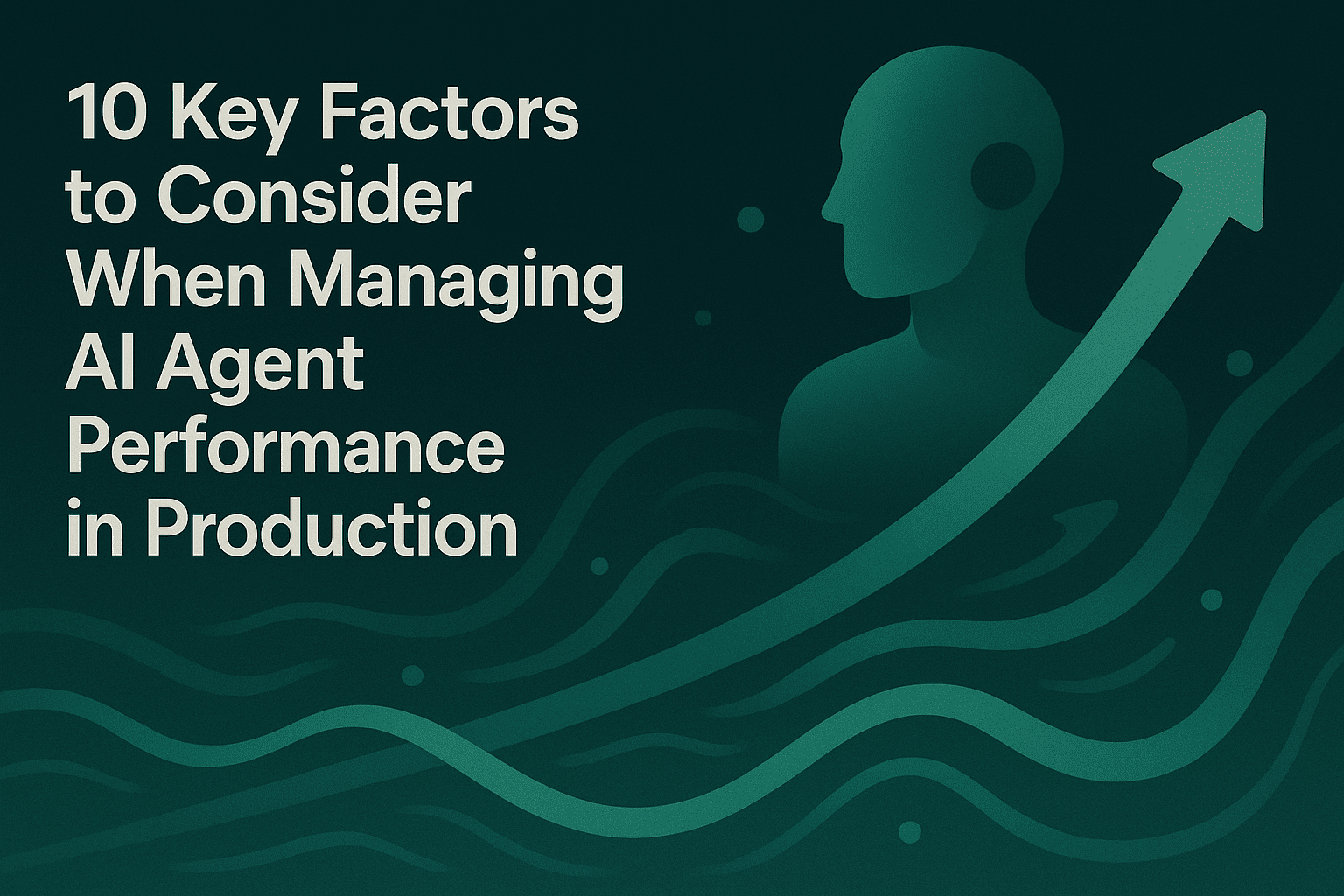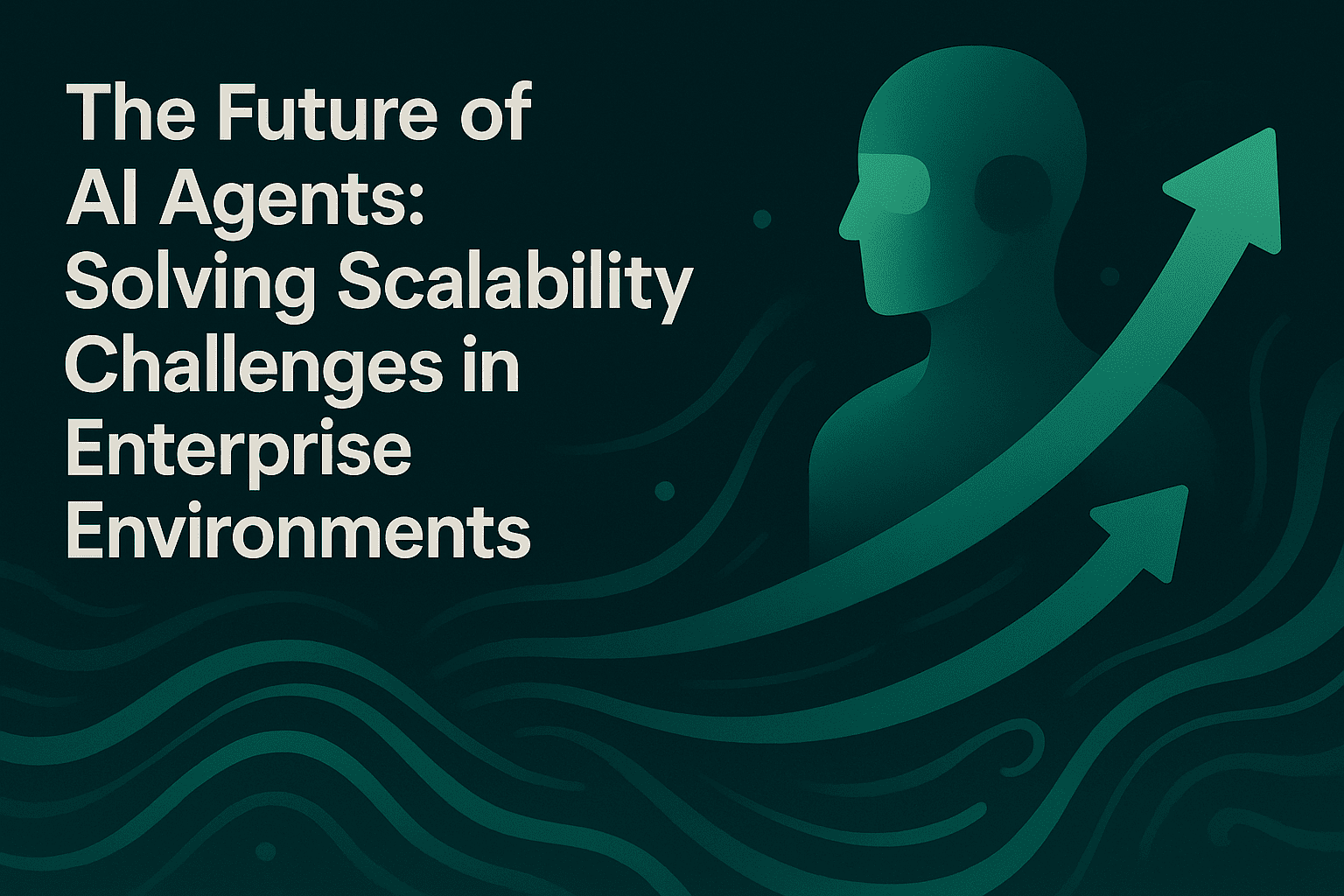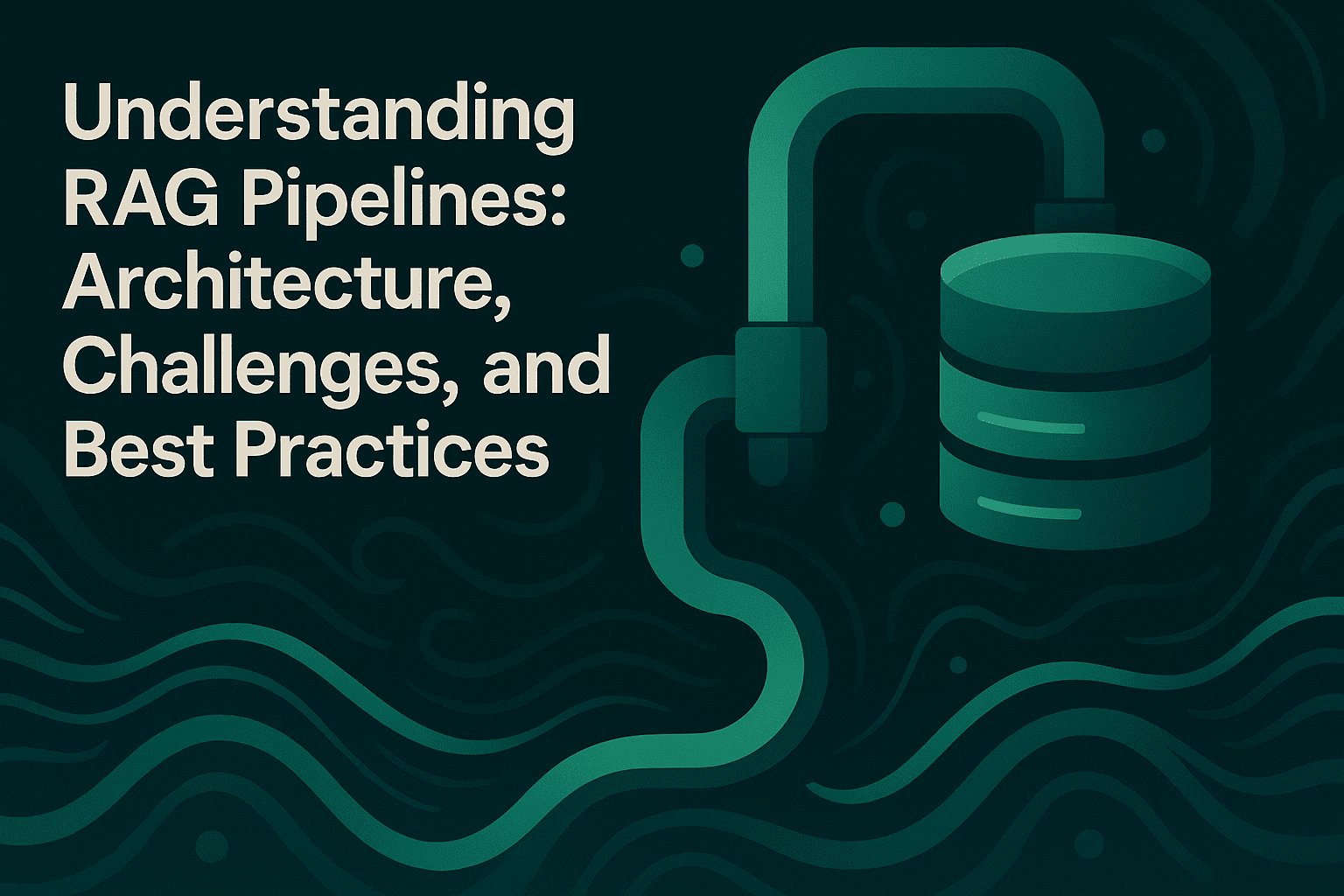Enhancing Multi-Turn Conversations: Ensuring AI Agents Provide Accurate Responses

TL;DR
Multi-turn conversations enable AI agents to maintain context across multiple exchanges, creating more natural interactions. However, accuracy compounds exponentially with each conversational turn—errors worsen as conversations progress, creating frustrating customer experiences. Ensuring accuracy requires comprehensive evaluation frameworks that measure agent performance across complete conversation trajectories, not just individual responses. Teams must implement robust testing strategies including simulation, continuous monitoring, and specialized metrics to guarantee reliable agent performance in production environments.
Why Multi-Turn Conversations Define Modern AI Agent Performance
Multi-turn conversations represent the evolution from simple command-response systems to sophisticated AI agents capable of maintaining context through extended dialogues. These agents dynamically identify and execute appropriate API calls while maintaining context through memory of previous interactions, enabling them to handle complex customer service scenarios, personal assistance tasks, and business workflows.
The distinction between single-turn and multi-turn capabilities determines whether an AI agent can truly serve enterprise needs. Single-turn interactions limit agents to isolated queries where users must re-state context with each exchange. Multi-turn agents, however, remember conversation history, understand references to previously discussed topics, and maintain state across the entire interaction.
Voice assistants with high accuracy in each turn have the most success in resolving complex customer interactions. This capability allows customers to speak naturally without following rigid scripts, interrupting to ask new questions, or changing their mind mid-transaction.
The Compounding Error Problem
The critical challenge in multi-turn conversations lies in error propagation. If the level of accuracy is lower to begin with, it will have a much lower probability of success after multiple conversational turns due to compounding error. Each misunderstanding, incorrect tool call, or hallucination in early turns cascades through subsequent exchanges, degrading the entire conversation quality.
Research on multi-agent systems demonstrates that agents must maintain high per-turn accuracy to succeed in complex scenarios. A 95% accuracy rate per turn means only a 77% success rate after five turns, while a 99% per-turn accuracy yields 95% success after the same number of exchanges.
Comprehensive Evaluation Framework for Multi-Turn Agent Accuracy
Traditional evaluation approaches focused on single-turn accuracy fail to capture real-world agent performance. Prompt-level testing can answer if the model is responding, but it can't answer whether the agent maintains context across turns, handles tool use correctly, or adapts to changing user intents.
Core Performance Metrics for Multi-Turn Agents
Effective agent evaluation requires measuring multiple dimensions of performance simultaneously:
Task Adherence and Completion Rate
Task Adherence assesses whether the agent follows through on the intended plan without taking unnecessary detours or shortcuts. This metric examines the procedural path an agent takes, evaluating whether it completes the required steps in logical order. For customer service agents, this might include gathering necessary information, accessing relevant systems, and providing complete solutions.
Task completion rates vary significantly by application complexity. Simple information retrieval tasks may achieve 90%+ completion rates, while complex multi-step workflows involving external tool calls typically see lower success rates. Teams must establish baseline completion metrics for their specific use cases.
Tool Call Accuracy
Tool Call Accuracy focuses on the agent's procedural accuracy when invoking tools, examining whether the right tool was selected for each step and whether inputs to the tool were appropriate and correctly formatted. This metric identifies subtle flaws where agents reach correct answers through poor tool usage or make unnecessary API calls.
In complex systems involving multiple agents, monitoring task completion rates is vital for success in multi-agent AI. Tool call failures can cascade through agent workflows, causing downstream errors that are difficult to diagnose without granular visibility.
Intent Resolution and Context Adherence
Intent Resolution assesses whether the agent's initial actions reflect a correct understanding of the user's underlying need. This metric proves essential for diagnosing failure cases where output seems fluent but addresses the wrong objective—a common issue in multi-step or ambiguous tasks.
Context adherence measures whether responses remain grounded in provided context and conversation history. Context adherence serves as a precision metric for detecting hallucinations, ensuring agents don't fabricate information or lose track of earlier discussion points.
Conversational Efficiency
Conversational efficiency measures how many back-and-forth exchanges it takes for an agent to successfully complete a task, with fewer turns generally meaning a more efficient agent. This metric directly impacts user experience and operational costs, as more turns mean more token usage and higher infrastructure expenses.
Efficient agents balance thoroughness with brevity. They ask clarifying questions when necessary but avoid unnecessary confirmation loops. Measuring turn count alongside completion rates reveals whether agents achieve efficiency through quality interactions or by providing incomplete responses.
Trajectory-Level Evaluation
Multi-agent evaluation research shows you must capture conversation arcs and state transitions, then score them for coherence and alignment. Trajectory evaluation analyzes the complete decision-making path an agent takes, not just the final output.
The τ-bench benchmark tests an agent's ability to follow rules, reason, remember information over long and complex contexts, and communicate effectively in realistic conversations using a stateful evaluation scheme that compares the database state after each task completion with the expected outcome.
Trajectory metrics include:
- Precision: The proportion of actions in the predicted trajectory that align with the reference trajectory
- Recall: The proportion of reference actions that appear in the agent's trajectory
- Exact Match: Whether the agent produces a sequence that perfectly mirrors the ideal solution
- Single-Tool Use: Verification that agents utilize specific capabilities when required
These metrics enable teams to understand not just whether agents succeed, but how they arrive at outcomes. This visibility proves crucial for debugging complex failures and improving agent reasoning capabilities.
Implementing Robust Testing Strategies for Multi-Turn Accuracy
Ensuring multi-turn accuracy requires proactive testing before agents encounter real users. Many enterprises stall their AI programs at pilot stage due to uncertainty about accuracy and compliance, requiring platforms that replace reactive monitoring with proactive assurance.
AI-Powered Simulation for Pre-Production Testing
Agent simulation enables teams to test agents across hundreds of scenarios before deployment. Stress-testing AI agents, bots and knowledge sources against realistic, multi-turn conversations helps detect hallucinations, policy risks or brand tone issues before going live.
Simulation frameworks should incorporate:
- Diverse User Personas: Agents must handle varying communication styles, technical knowledge levels, and emotional states
- Real-World Scenarios: Test cases should reflect actual customer journeys, including edge cases and complex multi-step workflows
- Dynamic Conditions: Simulations should vary parameters like available tools, data freshness, and system constraints
Maxim's simulation capabilities allow teams to simulate customer interactions across real-world scenarios and user personas, monitoring how agents respond at every step. The platform evaluates agents at a conversational level, analyzing the trajectory agents choose and identifying points of failure.
Teams can re-run simulations from any step to reproduce issues, identify root causes, and apply learnings to improve agent performance. This iterative approach transforms testing from a one-time gate to a continuous improvement process.
Human-in-the-Loop Evaluation
While automated metrics provide scalability, human evaluation remains essential for nuanced quality assessment. Continuous learning via human feedback closes the loop by ranking multi-turn consistency, flagging divergent goals, and routing edge cases for quick annotation.
Maxim's evaluation framework combines machine and human evaluations, allowing teams to:
- Define custom evaluators suited to specific application needs
- Measure quality quantitatively using AI, programmatic, or statistical evaluators
- Visualize evaluation runs across multiple versions of prompts or workflows
- Conduct human evaluations for last-mile quality checks and nuanced assessments
Human reviewers should focus on dimensions that automated systems struggle with, such as empathy, tone appropriateness, and cultural sensitivity. Their feedback provides training data for improving automated evaluators over time.
Continuous Production Monitoring
Production environments present challenges that testing cannot fully replicate. Real users exhibit unpredictable behavior, data distributions shift, and external systems experience failures. Agent observability enables teams to maintain quality after deployment.
Effective observability platforms provide:
- Real-Time Tracing: Track every decision point, tool call, and context update as conversations unfold
- Quality Metrics: Continuously evaluate in-production conversations using the same metrics applied during testing
- Anomaly Detection: Identify unusual patterns that may indicate emerging issues before they impact significant user populations
- Dataset Curation: Capture problematic conversations for analysis and incorporation into test suites
Maxim's observability suite allows teams to track, debug, and resolve live quality issues with real-time alerts, minimizing user impact. Multiple repositories support organizing production data from different applications, enabling distributed tracing across complex agent ecosystems.
Architectural Patterns That Support Multi-Turn Accuracy
Beyond testing and monitoring, agent architecture fundamentally influences multi-turn accuracy. Design choices around memory, planning, and error handling determine how gracefully agents handle complex conversations.
Structured Conversation Management
Conversational DAGs (Directed Acyclic Graphs) model dialogs as nodes and guarded edges to get determinism, testability, and scale without killing flexibility. This approach enforces forward progress, makes paths testable, and provides clean analytics.
Moving from basic setups to workflow graph approaches improved accuracy by up to 14%, with fine-tuning on graph-collected data pushing format adherence from 65.5% to 95.1%. Graph-based architectures help agents maintain coherent conversation flow while preventing common failure modes like infinite loops or state drift.
Structured approaches should balance control with flexibility. Rigid state machines limit agent adaptability, while completely freeform architectures sacrifice reliability. Modern frameworks like those described in research on conversational DAGs demonstrate how to achieve this balance.
Memory and Context Management
Two types of memory—conversation and turn memory—preserve dialogue context effectively. Conversation memory maintains the overall session state, tracking user preferences, previous decisions, and long-term context. Turn memory focuses on the immediate exchange, ensuring agents understand references and carry forward relevant details.
Effective memory systems must solve several challenges:
- Context Window Limitations: Large conversations eventually exceed model context windows, requiring intelligent summarization or retrieval
- Relevance Filtering: Not all historical information remains relevant as conversations evolve
- Privacy and Compliance: Memory systems must respect data retention policies and user privacy preferences
Teams building agents should implement configurable memory strategies that balance context richness with performance and cost considerations.
Error Recovery and Self-Correction
Multi-agent conversation frameworks significantly enhanced LLMs' diagnostic capabilities, with systems using multiple doctor agents and a supervisor achieving higher accuracy in diagnoses and suggested tests. This pattern of agent collaboration and cross-checking improves reliability.
Agents should implement self-verification mechanisms:
- Confidence Scoring: Agents should assess their certainty and seek clarification when confidence drops below thresholds
- Consistency Checking: Compare current responses against conversation history to detect contradictions
- Fallback Strategies: Define graceful degradation paths when primary approaches fail
Error recovery transforms occasional mistakes from conversation-ending failures into opportunities for correction and improvement.
Optimizing Model Selection and Configuration for Multi-Turn Performance
Model choice and configuration significantly impact multi-turn accuracy. Recent advances in language models offer varied tradeoffs between capability, cost, and latency that teams must evaluate for their specific requirements.
Model Capability vs. Operational Efficiency
GPT-4 proved superior to GPT-3.5 when used as the base model for multi-agent conversations, achieving approximately 10% improvement in primary and follow-up consultations. Higher-capability models generally deliver better accuracy, but teams must balance this against infrastructure costs and response times.
Bifrost, Maxim's AI gateway, enables teams to unify access to 12+ providers through a single OpenAI-compatible API. This infrastructure supports several optimization strategies:
- Automatic Fallbacks: Seamless failover between providers and models ensures uptime when primary services experience issues
- Load Balancing: Intelligent request distribution across multiple API keys and providers optimizes throughput
- Semantic Caching: Response caching based on semantic similarity reduces costs and latency for similar queries
Teams can experiment with model selection at the conversation level, routing simple queries to efficient models while reserving advanced capabilities for complex scenarios.
Prompt Engineering for Multi-Turn Contexts
Prompt design fundamentally influences how models maintain context across turns. Effective prompts for multi-turn scenarios should:
- Establish Clear Role Definitions: Agents must understand their purpose, boundaries, and interaction style
- Provide Conversation Structure: Define how to handle common patterns like clarification requests, topic changes, and task handoffs
- Include Memory Instructions: Specify what information to track, when to reference history, and how to summarize context
Maxim's Playground++ supports advanced prompt engineering with version control, deployment variables, and experimentation strategies. Teams can organize and version prompts directly from the UI, deploy variations without code changes, and compare output quality, cost, and latency across different configurations.
Fine-Tuning for Domain-Specific Accuracy
While foundation models provide impressive general capabilities, fine-tuning on domain-specific conversations often yields significant accuracy improvements. Fine-tuning on workflow-collected data improved accuracy from 61.6% to 88.4% and format adherence from 81.3% to 96.9%.
Fine-tuning strategies for multi-turn agents should:
- Curate High-Quality Conversation Data: Include successful resolution paths, edge cases, and examples of good error recovery
- Mask Irrelevant Context: Train node by node while masking losses for text not produced by the current node to avoid cross-contamination
- Validate Generalization: Ensure fine-tuned models don't overfit to training conversations at the expense of flexibility
Maxim's Data Engine streamlines dataset management for fine-tuning. Teams can import multi-modal datasets, continuously curate production data, and enrich data using human labeling and feedback workflows.
Establishing Quality Benchmarks and Success Criteria
Defining what constitutes "accurate" multi-turn conversation requires establishing clear benchmarks aligned with business objectives and user expectations.
Domain-Specific Success Metrics
Different agent applications need specialized metrics that match their particular domain. Customer service agents may prioritize first-contact resolution and customer satisfaction, while research agents focus on information retrieval precision and citation accuracy.
Teams should define metrics that reflect their agent's core value proposition:
- E-commerce Agents: Conversion rate, average order value, cart abandonment reduction
- Support Agents: Resolution time, escalation rate, customer satisfaction scores
- Healthcare Agents: Diagnostic accuracy, appropriate test recommendations, adherence to clinical protocols
- Financial Agents: Compliance with regulations, accuracy of calculations, risk assessment quality
These business-aligned metrics complement technical accuracy measures, ensuring agents deliver meaningful outcomes.
Setting Realistic Accuracy Targets
The difficulty of a task is exponential rather than linear, with longer-duration tasks requiring more stages and each stage potentially terminating the endeavor. This exponential relationship means doubling task duration quadruples the failure rate.
Teams should calibrate accuracy expectations based on conversation complexity:
- Simple Information Retrieval: Target 95%+ accuracy for straightforward lookup tasks
- Moderate Workflows: Expect 85-90% success for 3-5 step processes with occasional tool calls
- Complex Multi-Agent Scenarios: Accept 70-80% success rates for highly complex scenarios while focusing on graceful degradation
Understanding these dynamics helps teams set achievable goals and identify where human oversight remains necessary.
Continuous Improvement Cycles
Accuracy optimization never reaches a final state. User needs evolve, edge cases emerge, and agent capabilities advance. Successful teams establish continuous improvement cycles:
- Baseline Measurement: Establish current performance across key metrics using production data and synthetic tests
- Gap Analysis: Identify specific failure modes, conversation patterns with low success rates, and areas where users express dissatisfaction
- Targeted Improvements: Implement changes addressing highest-impact gaps, whether through prompt refinement, model upgrades, or architectural changes
- Validation Testing: Verify improvements using simulation and staged rollouts before full deployment
- Production Monitoring: Track whether improvements translate to real-world gains and identify new optimization opportunities
Maxim's unified platform supports this entire cycle, from experimentation through observability, enabling teams to iterate faster while maintaining quality standards.
Conclusion
Multi-turn conversational accuracy represents the defining capability separating experimental AI agents from production-ready systems that deliver reliable business value. The compounding nature of errors across conversation turns means teams cannot rely on single-turn testing or reactive monitoring alone.
Success requires comprehensive evaluation frameworks that measure agents across complete conversation trajectories, proactive testing through simulation, continuous production monitoring, and architectural choices that support context management and error recovery. Teams must balance model capability with operational efficiency, fine-tune for domain-specific needs, and establish clear success criteria aligned with business objectives.
The platforms and practices that enable this rigor—from simulation environments to real-time observability—have matured significantly. Organizations that invest in robust multi-turn accuracy frameworks position themselves to deploy agents confidently, iterate rapidly based on real performance data, and scale AI capabilities across their operations.
As agents handle increasingly complex workflows and customer interactions, the teams that master multi-turn accuracy will differentiate themselves through superior user experiences, operational efficiency, and the ability to automate scenarios that competitors cannot reliably address.
Ready to ensure your AI agents deliver accurate responses across multi-turn conversations? Book a demo to see how Maxim's simulation, evaluation, and observability platform helps teams ship reliable agents 5x faster, or sign up to start improving your agent quality today.


